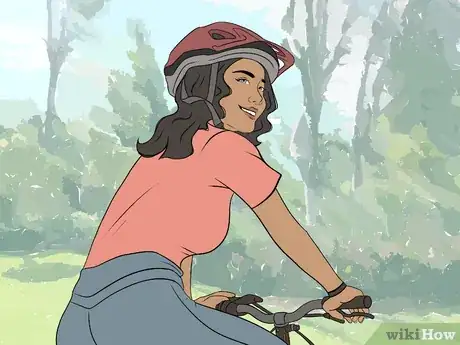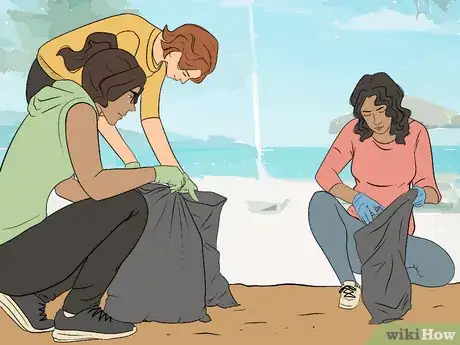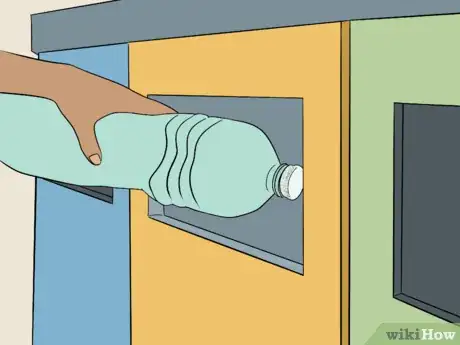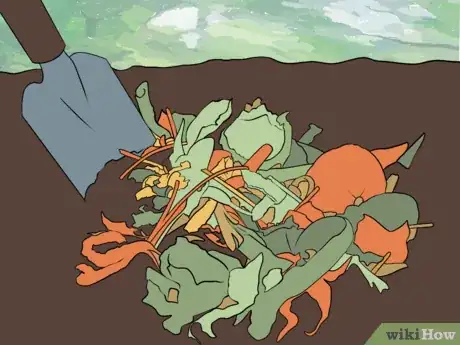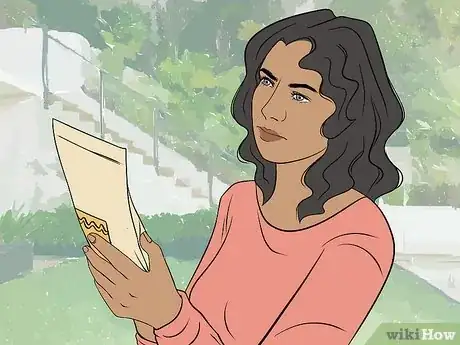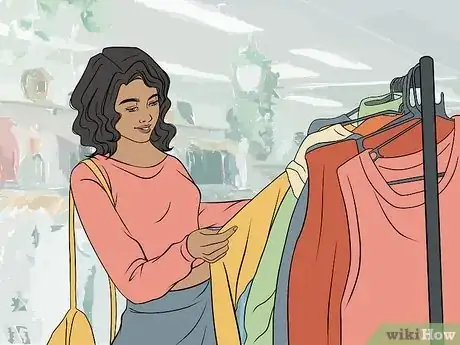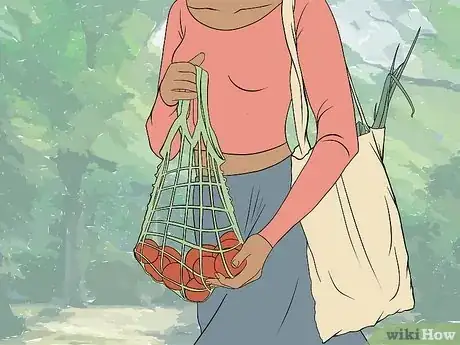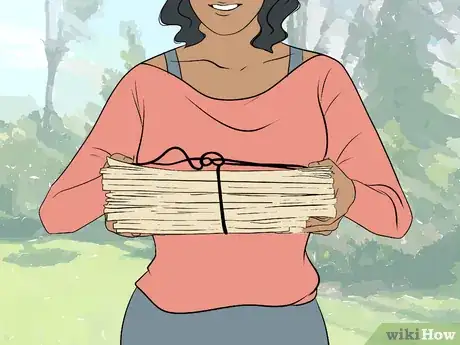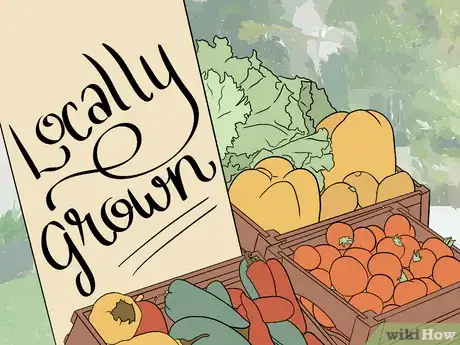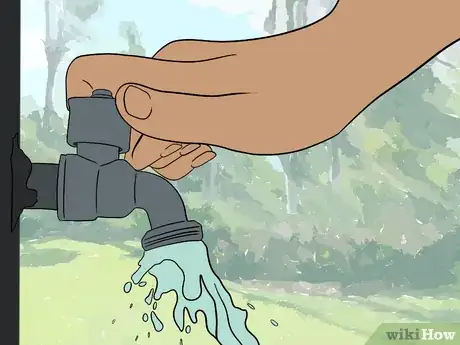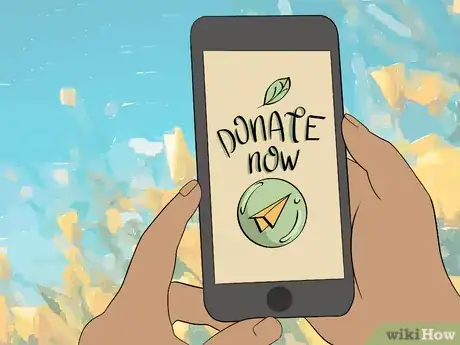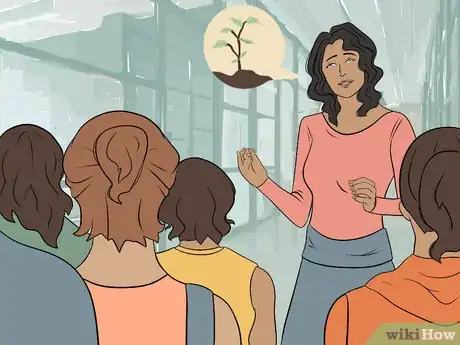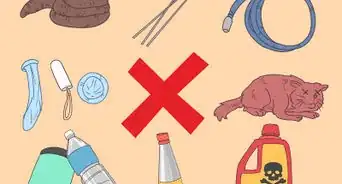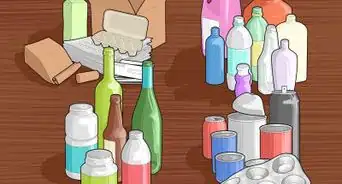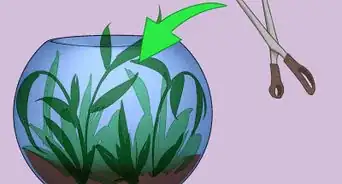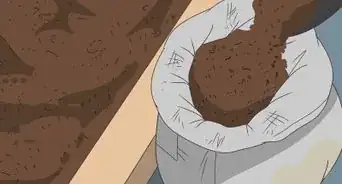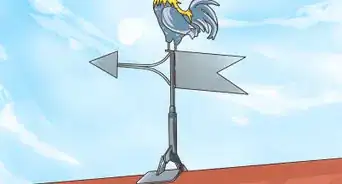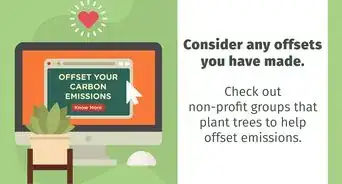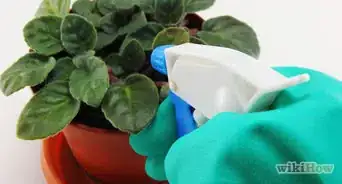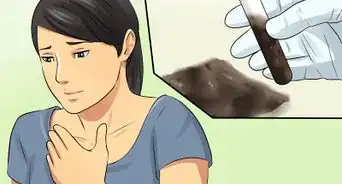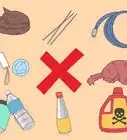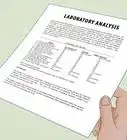This article was co-authored by One Tree Planted and by wikiHow staff writer, Glenn Carreau. One Tree Planted is a 501(c)(3) nonprofit on a mission to make it simple for anyone to help the environment by planting trees. Their projects span the globe and are done in partnership with local communities and knowledgeable experts to benefit nature, people, and wildlife. Since 2014, One Tree Planted has planted over 40 million trees across the globe.
There are 13 references cited in this article, which can be found at the bottom of the page.
wikiHow marks an article as reader-approved once it receives enough positive feedback. This article has 63 testimonials from our readers, earning it our reader-approved status.
This article has been viewed 2,758,133 times.
Saving the environment might seem like a tall order, but living an environmentally friendly life is actually quite easy. With just a few small lifestyle changes, you can protect the planet and also live a healthier life for yourself! A single household or individual can make a big difference: the more people become environmentally conscious, the healthier our planet will be. Read on for a comprehensive list of tips on how you can save the environment at home.
Things You Should Know
- Follow the 3 Rs: reduce, reuse, and recycle! Upcycle things you don’t need in fun creative projects, shop secondhand, and compost scraps too.
- Eat locally-grown foods, cut back on meat and dairy, and shop at farmer’s markets. Make an effort to conserve water and electricity around the house.
- Walk or bike rather than driving a car when possible. Volunteer your time to clean up the community and advocate for environmental awareness.
Steps
Community Q&A
-
QuestionWhat are the best ways to keep the earth clean?
 Community AnswerAs an individual, there are lots of things you can do, starting with not littering or polluting. Dispose of everything properly, and even better, reduce your waste so that there is less to return to the landfill. Compost your food scraps and other compostables, to return nutrients to the soils. Lobby to have cleaner waters and air in your part of the world and make submissions whenever new projects are proposed that might cause more destruction of nature. Think before assuming that all human activities are either necessary or have to be done as they currently are -- think about a cleaner future and what it would take to get us there. That is a positive thing to do, not a scary thing at all.
Community AnswerAs an individual, there are lots of things you can do, starting with not littering or polluting. Dispose of everything properly, and even better, reduce your waste so that there is less to return to the landfill. Compost your food scraps and other compostables, to return nutrients to the soils. Lobby to have cleaner waters and air in your part of the world and make submissions whenever new projects are proposed that might cause more destruction of nature. Think before assuming that all human activities are either necessary or have to be done as they currently are -- think about a cleaner future and what it would take to get us there. That is a positive thing to do, not a scary thing at all. -
QuestionWhy do I have to help the environment?
 Community AnswerYou are part of the environment and your very well-being depends on the healthiness and well-being of the environment around you. Your food, your air, your water and your sense of overall well-being is all sourced from nature. Since the era of industrialisation, human beings have assumed that the planet is something to tame and control, to be outside of and apart from. As a result, many practices from factories and chemicals on the farm, to cars and mass manufacturing have left scars on the environment that we now have an obligation to heal and restore.
Community AnswerYou are part of the environment and your very well-being depends on the healthiness and well-being of the environment around you. Your food, your air, your water and your sense of overall well-being is all sourced from nature. Since the era of industrialisation, human beings have assumed that the planet is something to tame and control, to be outside of and apart from. As a result, many practices from factories and chemicals on the farm, to cars and mass manufacturing have left scars on the environment that we now have an obligation to heal and restore. -
QuestionWhat is the definition of "save the environment"?
 Community AnswerThat is a big question with no single, easy answer! On the one hand, it's about restoring or encouraging natural processes so that the ecosystems function healthily but without assuming we can control those processes -- rather, we need to learn to live with them. It's also about restoring habitats, so that animal and plant species can survive in a healthy way. On the other hand, the phrase actually implies "save human beings" because if we don't respond effectively to such as issues as climate change, degraded ecosystems and other environment challenges, the survival of the human species is at risk. The definition really depends on which angle you're coming at it from but it might help to realize that if we muck things up so much that we cannot survive, the equilibrium will be restored without us.
Community AnswerThat is a big question with no single, easy answer! On the one hand, it's about restoring or encouraging natural processes so that the ecosystems function healthily but without assuming we can control those processes -- rather, we need to learn to live with them. It's also about restoring habitats, so that animal and plant species can survive in a healthy way. On the other hand, the phrase actually implies "save human beings" because if we don't respond effectively to such as issues as climate change, degraded ecosystems and other environment challenges, the survival of the human species is at risk. The definition really depends on which angle you're coming at it from but it might help to realize that if we muck things up so much that we cannot survive, the equilibrium will be restored without us.
References
- ↑ https://www.nature.org/en-us/what-we-do/our-priorities/build-healthy-cities/cities-stories/benefits-of-trees-forests/
- ↑ http://www.onegreenplanet.org/environment/awesome-hands-on-ways-you-can-volunteer-to-help-the-environment/
- ↑ https://www.epa.gov/recycle/frequent-questions-recycling
- ↑ https://upcyclemystuff.com/what-is-upcycling/
- ↑ https://www.epa.gov/recycle/composting-home
- ↑ https://habitatbroward.org/blog/benefits-of-buying-things-second-hand/
- ↑ https://www.epa.gov/recycle/reducing-and-reusing-basics
- ↑ https://sustainability.uic.edu/green-campus/recycling/paper-waste-reduction/
- ↑ http://www.gogreen.org/blog/the-environmental-benefits-of-buying-locally
- ↑ https://www.epa.gov/watersense/start-saving
- ↑ https://www.epa.gov/greenchemistry/benefits-green-chemistry
- ↑ https://www.electricalsafetyfirst.org.uk//guidance/safety-around-the-home/energy-saving-tips/
- ↑ http://www.onegreenplanet.org/environment/awesome-hands-on-ways-you-can-volunteer-to-help-the-environment/
- ↑ https://www.nrdc.org/stories/how-call-congress
About This Article
You can help save the environment by turning off things that use electricity when you're not using them and unplugging devices when they're not in use. You can conserve water by taking shorter showers, turning off the faucet when you're brushing your teeth, and doing laundry less frequently. Also, try walking or riding your bike instead of driving, which will help reduce carbon emissions. Buying your food locally also helps lower carbon emissions since the food doesn't have to be shipped from far away! If you want to learn more, like how to recycle or reuse materials, keep reading the article!

